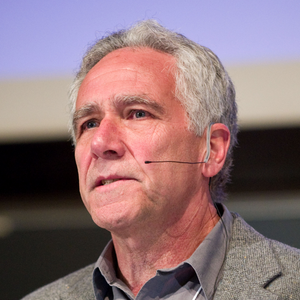Cardiovascular Disease and Drug Discovery
Bleeding and blood clotting are the leading causes of mortality, and represent major areas of focus for drug discovery. Significant advances have been made in the treatment of bleeding disorders, such as hemophilia, where recombinant proteins supply the missing clotting factors. Thrombosis, as manifest in cardiovascular disease, stroke, and other hyper-coagulation disorders represents challenges of high risk and high reward for pharmaceutical science. Atherosclerosis is caused by an excessive accumulation of cholesterol in the artery walls, and the chronic inflammatory reaction thus set in motion. LDL delivers cholesterol to peripheral tissues, and has been the target of very successful therapeutic interventions. HDL removes excess cholesterol from the artery wall. To date there have been some enormous failures to increase the amount of this “good cholesterol” in a safe and effective manner. Several approaches to modulating this “reverse cholesterol pathway” will be discussed. Since the balance of cholesterol transport in and out of the artery wall is at the root cause of atherosclerosis, biomarkers of cardiovascular risk include these lipid measures, and imaging modalities continue to improve the picture of plaque buildup in the arteries. Yet the ultimate plaque rupture, leading to the dire consequences of an arterial thrombus, is still difficult to anticipate. The prediction of such an event, and the classification of people into categories of imminent risk, remain a holy grail for predictive medicine.
Presented by:
Richard Lawn, Ph.D.

Former Senior Scientist, Genentech; Professor, Stanford University; Vice President, CV Therapeutics
No slides availableNavigate the Site
2026 GoldLab Symposium
Save the date!
Please join on May 14-15, 2026Presenters In The News
Contact Info










